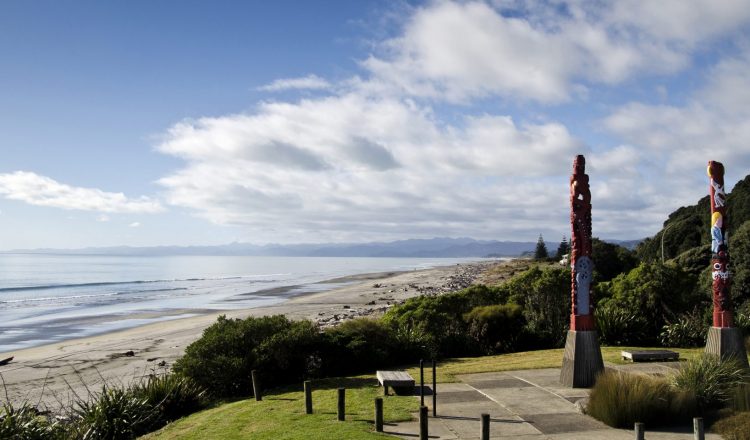Opōtiki 是新西兰北岛丰盛湾东部的一个小镇。它的名字是以在 Waiotahe 海滩上方东部虚张声势发现的一个名为 “O-波蒂基 Mai-taWhiti” 的春天命名。今年春天的命名是因为塔拉瓦酋长和他的兄弟乘着名为 Te Srautauta 的独木舟前往新西兰,伴随着两只被称为 O-potiKi-Mai Tawhiti 的 Tanahanaha 鱼宠物,意思是 “来自远方的两只宠物”。他把这些鱼放在今年春天。
在奥波蒂基最早记录的居民是从 12 世纪 Toki 定居时期出现的 Tini-o-toi 和 Tini-O-awa 部落。
在欧洲人之前,Opotiki 是一个大村庄和受欢迎的毛利人中心。但是,1769 年,詹姆斯·库克船长经过丰盛湾海岸时,当地毛利人首次与欧洲人接触。由于这么多欧洲和美国贸易商开始访问该地区。
19 世纪 20 年代,Ngapuhi 军队从北部地区进行了长期的武装入侵。Opotiki 的数量超过了,没有那么多先进的武器,因此必须从海岸撤退到森林森林粗糙的内部。
在 19 世纪 30 年代和 19 世纪 40 年代,有更多的和平时期,在此期间,部落能够开始返回海岸,并能够充分利用那里发现的所有贸易机会。在这段时间里,毛利人基督教传教士开始到达 Opotiki。然后在 1840 年签署了《怀唐伊条约》,该条约确立了英国的主权。法国传教士开始在 Pa Kowhai 地区移动,这就是目前所谓的 Opotiki。
19 世纪 50 年代和 19 世纪 60 年代初有了更多的发展,毛利人开始采用欧洲的农业方法和作物,如小麦、猪和桃子。他们与奥克兰交易了这些。
1963 年发生了对怀卡托的入侵。这是 19 世纪新西兰战争中最大的事件。这是殖民政府军队和被称为金吉坦加运动的毛利部落联邦之间的。它持续了九个月,碰巧粉碎了金基特的权力,这对英国权力机构构成了威胁。这导致 Whakatōhea iwi 向反英势力提供支持,这反过来又导致英国军队在 1865 年创造了 Opotiki。
最终桃子来到了该地区,然而,大部分土地被英国定居者夺走,并被制成绵羊和牲畜养殖区。由于可耕腹地面积很小,而且港口入口是危险的,奥波蒂基镇成为丰盛湾的主要中心的希望很快就被粉碎了。
20 世纪 50 年代和 60 年代发生了重大洪水,导致该镇引进了堤坝,这些堤坝是阻止银行,之后成功地阻止了洪水造成的破坏。20 世纪末出现了猕猴桃繁荣,为该地区带来了伟大的后代。现在,贻贝养殖是帮助城镇发展的下一个大项目,以及在 Motu 小径中骑自行车带来游客。

















































